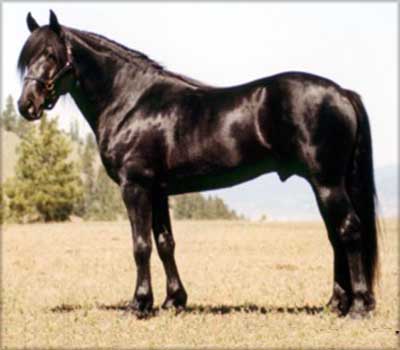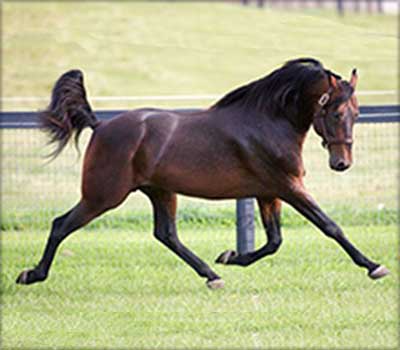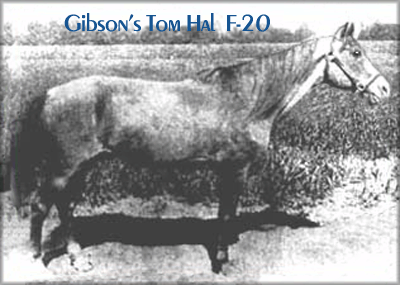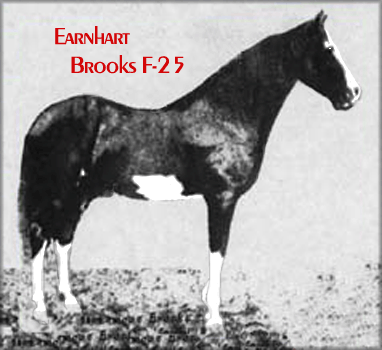|
|
|
|
To the North in the
Canadian Provinces, French mares were crossed with English and Dutch
stock, to produce what became known as the Canadian Pacer, a breed which
still exists, but in very small numbers in that country. The exact
bloodlines of these pacers are not known. They are thought to be
descended from a cross of the Norman French horse, and a strain of
pacers, either Narragansetts or some pacers that were shipped directly
from England.
|
 |
The Canadian horses were originally hardy, swift and energetic, not at
all fine but with lots of endurance and easily kept, but did not exhibit
the pace in their gaits. It was necessary therefore to import
large numbers of Narragansetts into Canada to establish this gait.
The Canadian pacer was small in stature but larger than the
Narragansetts. Their heads were described as too long for the rest
of their bodies, which were fine, lean, and bony. The eyes were
small, and the ears set well forward, although in most cases, too far
apart. From the Canadian Pacer, the Tennessee Walking horse gained its
size.
|
 |
Several horses imported to the United States from Canada had a lasting impact on American horse breeding. In the early 1800s, a roan-coloured stallion named Copperbottom
was imported to Lexington, Kentucky from Quebec, through Michigan. He
began to be offered for stud service in 1816, and his progeny spread
throughout the eastern US. Known mainly as saddle stock, they also
included several pacing horses. Another roan stallion, Tom Hal, a
successful pacer in his own right, founded an important family of pacers
in the US. Another pacing import to the US was a black stallion named Old Pilot, said to have been bred near Montreal, who originated the Pilot family of trotting horses. Old Pilot produced a son, also named Pilot, who was acclaimed as a sire of trotting horses, as well as being a successful harness horse himself. Many of the foundation families of both the American Saddlebred and the Tennessee Walking horse came directly from Canada.
Such horses as TOM HAL, PACING PILOT, DAVY CROCKETT, COPPERBOTTOM and
many others are accepted by both breeds as Canadian Pacers. These
stallions came south to Kentucky and Tennessee to establish families
which became legendary.
The most famous Canadian Pacer of them all was Tom Hal, a blue roan
stallion foaled in Canada around 1806, and later taken to Kentucky.
This great horse is listed as foundation stock for the American
Saddlebred, as well as the Tennessee Walking Horse and Standardbred.
Appearing in Kentucky in 1824, he was offered for stud, and his
offspring (many of whom carried on the family name, being differentiated
only by the name of the owner) began the family of Standardbreds that
included Little Brown Jug, Brown Hal, Star Pointer, Adios and Good Time,
all champion harness racing horses. Among his many accomplishments, Tom Hal once won a wager for his owner
by carrying him 80 miles across Kentucky in a single day, between sun-up
and sun-down, and then turning around and making the return trip, the
following day!
|
 |
 |
| Tom Hal F-20 |
Earnhart's Brooks
F-25 |
|
As
stated in the 'Echo of Hoofbeats' Dr. Bob Womack claims that "there is
quite an irony in the fact that pleasure Walking Horses are making an
impact on Canadian horse stock, since it was from Canada that the
breed received its major thrust. Without exception, authorities
on Walking horses have attributed this horse's eventual development to
the Canadian Pacer".
|
|
|
|
|
|
|
|
|
|
|
|

